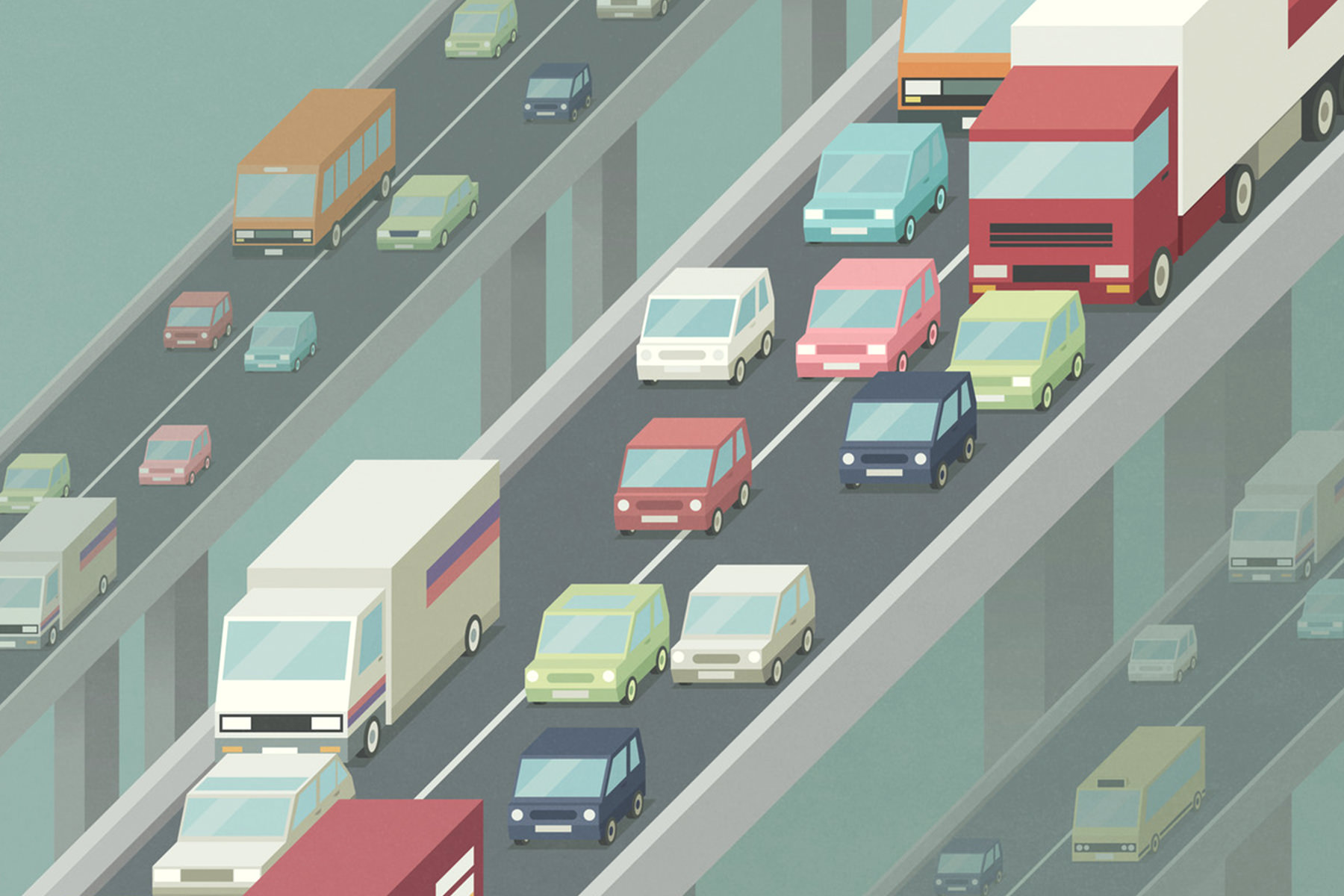Solving commuter woes.
Since its inception, the car-oriented suburban development model has defined Silicon Valley. But as the tech booms transformed the Valley, the Bay Area’s highways have become a slow counterpoint to the fast-paced work style. One answer to the commuting woes could be Transit-Oriented Development (TOD). TODs encourage sustainable alternatives to driving by clustering housing and resources near transit.
Without a solution, it gets worse.
The culture shift of TODs is not always embraced. Heavy pushback from local community groups and rigid zoning restrictions frequently delay, compromise, or flat-out reject these developments. The California Department of Finance estimates that Santa Clara County will add nearly 300,000 more residents in the next 15 years. The state of automobile traffic in and around Silicon Valley is unlikely to be lessened until alternative modes of transit and housing connectivity are embraced.
Where it’s working.
Regardless of controversy, there are good examples of TODs in the works. The Milpitas BART station is expected to open in 2017 and will mark the start of BART service in Santa Clara County. Nearby, KB Home and Barry Swenson Builder have been approved to build 98 townhomes and a 12-story tower with 210 apartments. In addition, DR Horton is currently carrying out construction on Centre Point, 241 townhomes, 450 condominiums, 150,000 square feet of retail space, and 50,000 square feet of office space will also rise near the new stop, developed by Singpoli Group. Another Milpitas project, The District by Lyon Communities, will be located by the VTA light rail line. It will bring 373 apartments and 75,000 sf of retail to the site, with future phases for the development have been approved, including 814 apartments, 355 for-sale homes, 84,000 additional square feet of retail, and a 175-room hotel.
TODs near the City.
Closer to San Francisco, an important project in play is the Gateway at Millbrae Station by Republic Urban Properties. Currently moving through the approvals process, the project would bring 376 rental residences, 150,000 sf of office, over 42,000 sf of retail, and 135 hotel rooms to a site across from the existing Millbrae Bart station. The station connects to Caltrain, SamTrans, and a number of private commuter shuttles, making it a critical stop for many commuters. Bay Area traffic issues are extremely complex with commuters highly reluctant to give up their cars. But if the current TODs show some success, they could pave the way for more of these types of solutions in the future.




